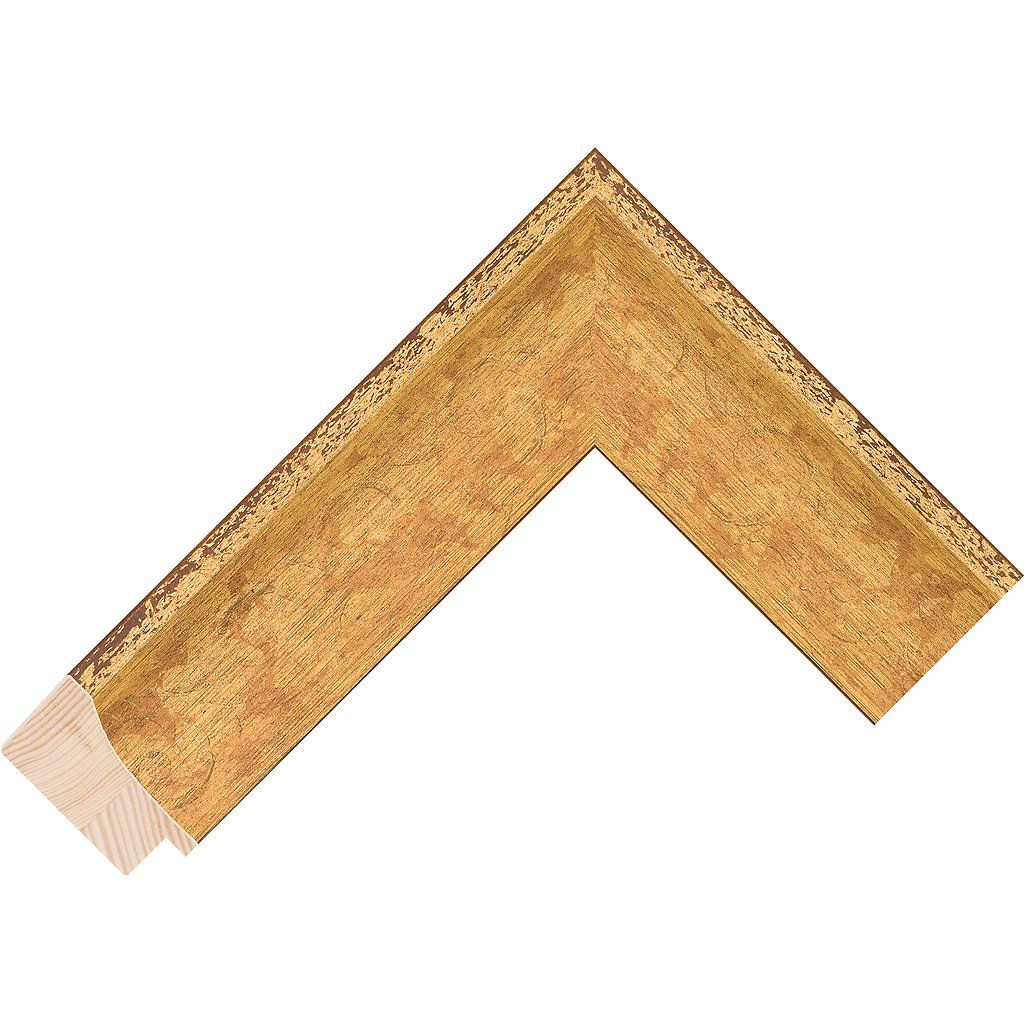Get in touch
029 2070 8072
mail@penarthframing.co.uk
S E R V I C E S
Years of experience in Picture Framing
Presentation
We work with you to select the best way to present and design your framing job so that it will not only look great, but last a long time.
We only use wood or metal frames - no MDF or plastic!
Mounting
A mount around your image isn't just a coloured border, It gives the image breathing space, distances it from the glass and protects the artwork from acid attack.
Dry Mounting
A process of heat and pressure to bond an image onto thicker board, keeping it flat so that it doesn't have that wrinkled look when framed
Glass
We have various options for glass. Clear, Non-Reflective (etched), UV Protection, Anti Reflection, UV+Anti Reflection, Acrylic and mirror
Caring for your artwork at home
Recommendations from The Fine Art Trade Guild:
Avoid Heat
Ideally pictures should not be hung above radiators. Extreme or rapid changes in temperature cause paper and wood to dry out and adhesives to fail
Beware damp
Damp can cause pictures to ripple. If the ripples touch the glass, the picture might stick and be hard to remove. Damp also encourages fungal growth - likely to show as brown stains. Conservation framing can slow these effects, but it is always best to avoid hanging framed pictures in humid conditions. Allow six months before hanging pictures on newly plastered walls
Eye-level display
Remember most pictures are designed to be viewed at eye-level. When hanging a group of pictures of different sizes align the top edges. Groups of pictures need not be hung in symmetrical patterns, but they should follow some sort of overall design. Try arranging them on the floor first
Hang securely
Use two hooks on the wall, each set about a quarter of the way in from either side of the picture. Check that the cord, wire or other hanger you use is designed to support the weight of your artwork. Where safety is critical, in children's bedrooms, for example, ask your framer about security fittings and glazing
A gentle clean
Dust frames or treat with a soft brush, rather than risk applying water or cleaning fluids. Don't use cleaning fluids or water on the varnished surface of oil paintings; again dust carefully. If cleaning fluids have to be used on the glass, apply them to a duster first (rather than spraying the glass directly); take care not to let the fluids touch the frame
Regular checks
If you find any evidence of discolouration, unsightly brown dots, small insects under the glass or that the brown paper tape sealing the back of the frame has come unstuck, return the frame to the framer. Check for corroding picture wire or weak or loosening cord. The varnish on oil paintings will gradually discolour, especially if the picture hangs in smoky or polluted conditions. It should be replaced as it dirties. Oil paintings stretched over wooden bars may sag over time and the bars can make a slight imprint on the front of the canvas. Take the picture back to your framer for tightening or re-stretching. The Fine Art Trade Guild recommends inspection every five years
Out of the light
Try not to hang pictures directly opposite large windows as sunlight fades colours and discolours paper. Special UV-coated glass can help to slow this down. The Fine Art Trade Guild has set industry-wide standards for printing and framing materials. Ask your framer about the ways in which you can preserve your artwork for the long-term.
Handle with care
When carrying and transporting a picture, grasp the frame firmly on both sides. If you have to store pictures, make sure they are stacked vertically and the right way up. When stacking pictures, stand them 'glass to glass' so that the hangers do not damage the frames
Choosing the right frame:
What your money buys.
You may think you want the cheapest frame but remember that low-cost framing can actually damage your picture. Some art should be protected for future generations.
A professional framer will be able to advise you on the appropriate level of framing for your artwork - and will know how to make even a modestly priced print look its best
The Five Levels of Framing
You have a choice about how much or how little you want to safeguard your picture. There are Five Levels of Framing for you to choose from as the following summary explains:
Museum - The ultimate protection for your artwork
Conservation - Helping preserve your artwork for future generations
Commended - Guarantees a degree of protection, with design playing an important part
Budget - Visually pleasing, but offering no long-term protection
Minimum - Putting economy first
Ask your framer which level you should choose for YOUR artwork
















